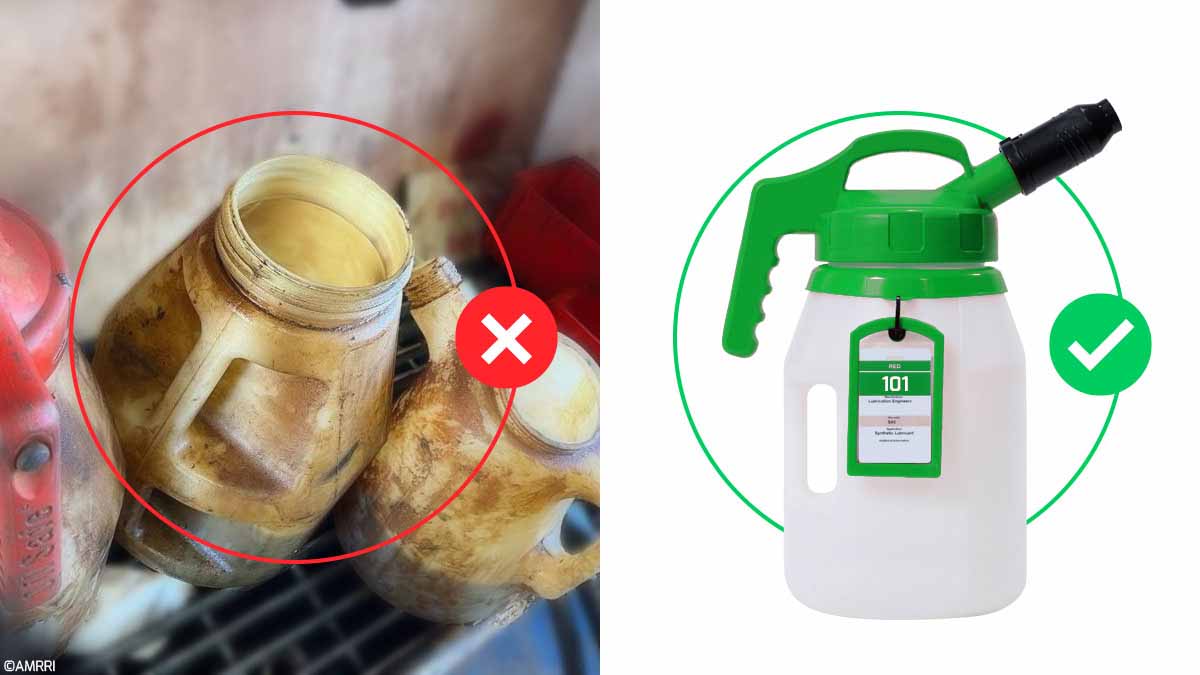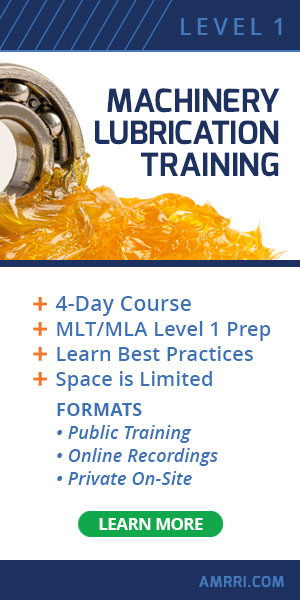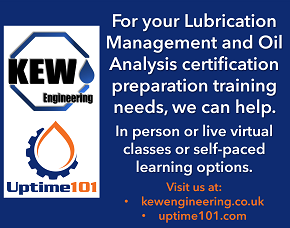“We bought these oil transfer containers only a month ago; now look at their condition!” is a statement conveying a good intention gone wrong. Stained transfer containers were lying around, with their tops nowhere to be seen. Anyone aware of the importance of clean oil will be squeamish at the sight.
What has gone wrong? This article investigates the issue and suggests steps to maintain the proper use of transfer containers for precision lubrication.
What is an Oil Transfer Container?
An oil transfer container is a tool for the safe, easy, and clean handling and dispensing of lubricants from storage to application.
One of the reasons industrial plants or maintenance workshops use transfer containers is that they get their lubricants supplied in bulk or IBC. Small lubrication tasks need smaller-sized containers that are easy to transport and dispense. Its usage is also common for top-ups or to get into hard-to-access areas.
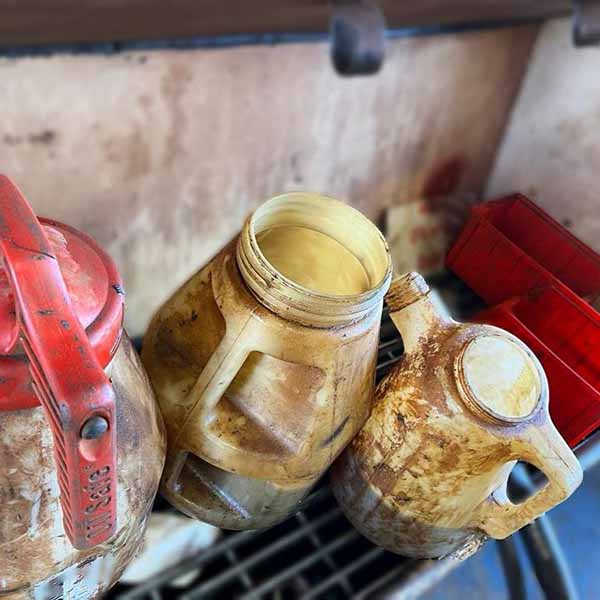
Transfer container comes in various designs and sizes, but they all have these standard characteristics:
- Made with high-density polyethylene HDPE material for heat, chemicals, and impact resistance.
- Its leak-proof design has tight-sealing lids and spouts to protect against spills and leakage.
- Mechanism that allows for easy, clean, and controlled lubricant dispensing, such as spouts and hand pump attachment.
- Designed with portability in mind with easy-to-carry handles.
- Color-coded lids to differentiate between various lubricant types.
It has to be designed in such a way because lubricants are sensitive products; they cannot be mixed with another type, are prone to contamination, and have a spillage impact on the environment.
The Issue
With this awareness, companies invest in transfer containers, especially after seeing their operators use water bottles or open-top cans to transfer lubricants.
However, buying transfer containers with assigned colors without regard for the correct use and management is a common mistake many companies make.
The newly bought transfer containers won’t take long to lose shine. Those containers will start accumulating mud and grime, mixing with different oils, and missing lids. They are still in use, but instead of prevention, they become an agent of contamination in machines.
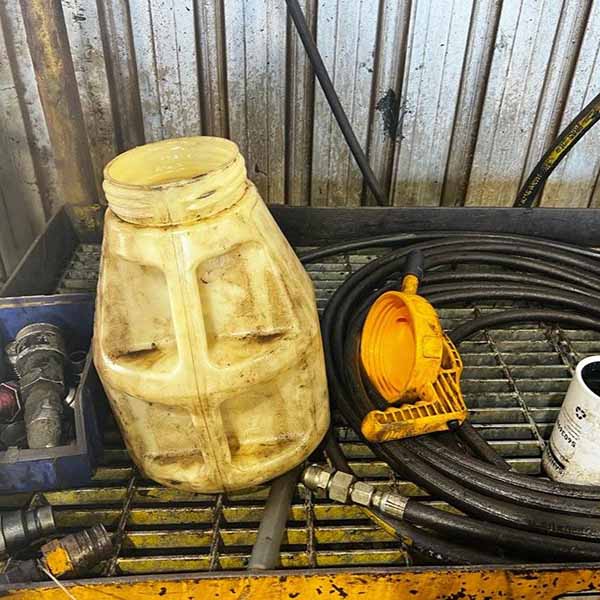
How do we ensure that transfer containers keep their shine? Here are the suggested steps.
1. Determine the True Requirements
The first step is to study the requirements before purchase. How many does the operation need to ensure there are enough?
Knowing they carry cross-contamination risk, companies often decide the quantity based on the number of lubricant grades used in the plant. For example, if there are five unique grades, get five containers.
However, the actual requirement may be higher because of overlooked considerations.
These considerations may include occasions where more than one person must use it simultaneously for the same oil grade.
Another consideration is cleaning. For operations that run around the clock, they need to allow containers to be taken out for cleaning and drying.
Other considerations could be unique to your plant and operation. For example, transfer containers may be kept underground in underground mining operations until they need to be refilled above ground.
When these are not taken into account, there will be a situation where there won’t be any transfer containers. Workers resort to what is available to get the job done, even if that means filling a container assigned for another oil type.
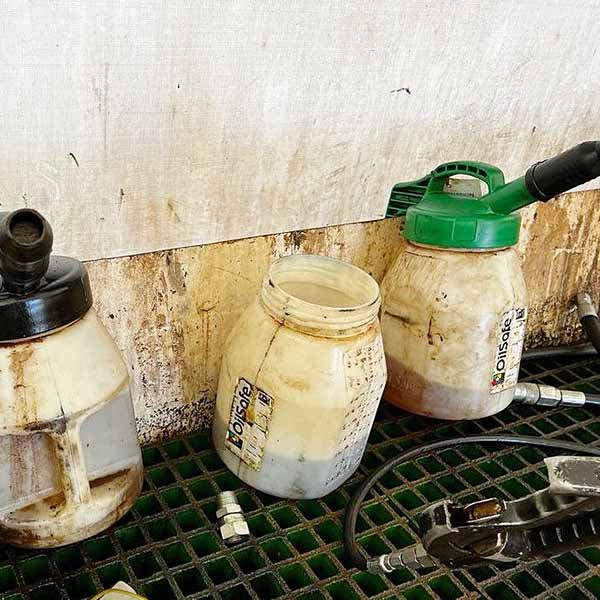
Having enough transfer containers to support your operational needs helps prevent cases like this.
2. Establish a Management Plan, Rules, and Procedures
A transfer containers management plan should be part of your plant’s PM, and therefore, procedures must be in place.
Labeling the containers is essential, besides color-coding. You want to be able to identify each container by lubricant brand name or type and grade, for example, Gear Oil ISO VG220.
If you have more than one container for the same oil type, number each to help with identification. If one goes missing, you will know which one.
Transfer containers in the market have colored lids but not the body. What often happens is that confusion ensues once the top is separated, and nobody knows which one is which.
That is why having a label on both the lid and the container body is crucial. Tagging the body handle with a matching lid color usually works, but you still want a label that clearly shows the details of the lubricant. A section on the label can be allocated to fill in information on the last cleaning date.
Container storage is an essential aspect of management. An easy-to-access cabinet should be dedicated to transfer containers. The cabinet doors should be kept shut when not in use.
Clear instructions on using the containers and keeping them clean inside and outside must be established.
Instructions may include filling procedures to prevent contamination during filling. Removing the lid for a few seconds would mean increasing the ISO cleanliness code by 2-3 in a highly dusty environment. If this is the case at your plant, invest in quick-connect couplers so the filling can be done in a sealed manner.
While using it, strictly avoid leaving the top open for no reason. Having the container open is the surest way to invite contaminants in.
Another strict rule is never to attempt to use a container for oils other than the one on the label. Cross-contamination is a threat to your machines that is 100% preventable.
Dirty or contaminated containers should immediately be removed from rotation for a thorough cleaning. Set a regular schedule, such as weekly or monthly, for cleaning transfer containers, depending on how heavy the usage is.
Transfer container cleaning can be done manually or automatically if an automated parts washer is available. Soap, warm water, sponges, and brushes will work without strong solvents or chemicals. Ensure it is completely dry before being returned to rotation.
3. Training, Inspection and Audit
Relevant staff must be trained before initiatives such as the proper use of transfer containers are implemented. Never assume all workers will know or can figure it out themselves.
The training should cover all the rules and procedures, especially the containers’ proper storage, use, and care. Training should not only focus on how-tos; equally important is why. Workers must be aware of the consequences of dirty oil; they all have a key role in maintaining oil cleanliness.
It is also recommended that the training include cleaning and inspecting the containers for damage, leaks, or missing parts. Ideally, the person who does the cleaning can also inspect. Replace any containers that are not in usable condition.
Regular audits of process adherence help identify and rectify potential issues early. Notice when someone is slacking off and immediately intervene.
As part of the audit, periodically sample oil from the containers and compare its cleanliness with the filling source. Deviating two or more ISO codes means the transfer container could introduce contaminants, which is not good news for your machine.
While all the above are well and good, nothing happens until you assign the people responsible for each of them—those who will do the cleaning, inspection, and audit need to know their responsibilities.
Oil transfer containers are crucial contamination control aids and should be treated as such. Let’s do a challenge: How long can we keep the transfer containers shining?



